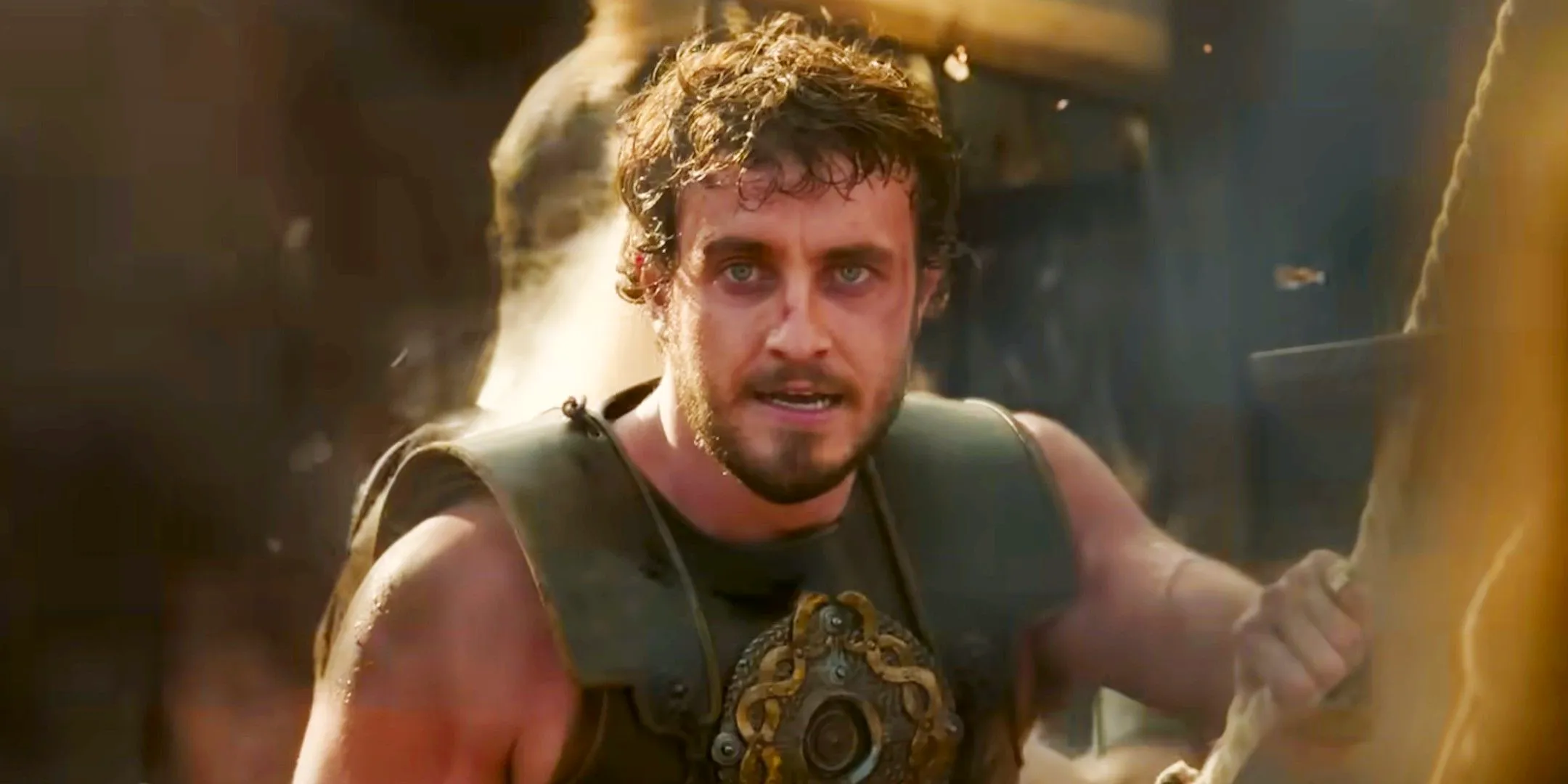Gladiator 2 Trailer Gets a Historical Breakdown - Is It Accurate?
You guys know that Gladiator 2 is coming out? Well, I recently saw a super interesting reaction video from a historian who breaks down the trailer, looking at the location details and whether they're actually accurate or just Hollywood embellishments. It's pretty awesome seeing history get dissected like this.
The video is from History Hit and the historian in question, Tristan Hughes, is a total Gladiator megafan. He breaks down the trailer bit by bit, focusing on the locations and the characters. It's a real treat for those interested in the Historical Accuracy of the sequel.
So, what does Tristan Hughes have to say? Well, first up, he talks about North Africa. This is a key setting in both Movies. In the original Gladiator, Maximus (Russell Crowe) gets sold into slavery in North Africa. Now, in the sequel, Lucius (Paul Mescal) is living in Numidia, a province on the North African coast.
When General Marcus Acacius (Pedro Pascal) shows up with his army, Lucius gets forced into slavery. But, Tristan Hughes points out that the medieval architecture shown in the trailer isn't entirely accurate for the time period.
The Colosseum and Naval Reenactments
Then, we get to the biggie: the Colosseum. Now, one of the coolest things in the Gladiator 2 trailer is seeing the Colosseum flooded for naval reenactments. According to Tristan Hughes, this is actually historically accurate. Those naumachia, as they're called, were a real thing in ancient Rome. They used to flood venues with water for these naval reenactments, kind of like a giant, ancient water park. But, the thing is, by the time Gladiator 2 is set, which is the early 3rd century, they weren't doing naumachia in the Colosseum anymore. So, while the idea is cool, it's a bit off historically.
Rhino Gladiator? Not So Much.
Another thing that made some eyebrows raise is the rhino gladiator. That's right, a rhino! Tristan Hughes says there's absolutely no historical basis for that. It's purely for dramatic effect. Makes sense, right? We can't expect every detail to be spot-on!
Talking about inaccuracies, the Roman pilum (a type of javelin) doesn't seem to be depicted correctly in the trailer, according to Tristan Hughes.
Historical Figures & Liberties
Tristan Hughes also dives into the historical inspirations behind some of the characters. He mentions Caracalla and Geta, who were co-emperors in real life. Caracalla, in case you didn't know, murdered Geta. Pretty dark stuff, right? In the trailer, they seem to be portrayed more like Caligula, Nero, or Elagabalus, who were known for their outlandish behavior. That's a bit of a shift from history.
Macrinus, another historical figure, was the one who ended up becoming emperor after Caracalla's assassination. The trailer seems to incorporate some aspects of Macrinus's story, but it's not a direct adaptation.
Overall - Accuracy and Entertainment
Overall, it seems like Gladiator 2 is rooted in some historical basis, but it definitely takes some creative liberties. The goal, after all, is to create an epic, entertaining movie, not a historical documentary.
Gladiator 2 is set to hit theaters on November 22nd. You can check out the trailer on YouTube, and if you're interested in more historical breakdowns, be sure to check out Tristan Hughes's videos on History Hit.



